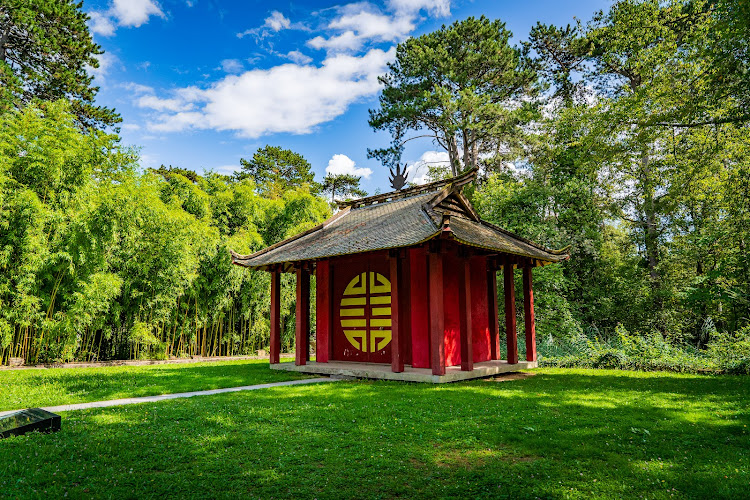
About agronomie tropicale – René Dumont Garden
The Jardin d’Agronomie Tropicale – René Dumont is a peculiar oasis in Paris, offering visitors a thought-provoking journey through France’s colonial past. Created in 1899, this garden once served as a living laboratory for agronomists experimenting with plants from far-flung French colonies. Today, it stands as a site of layers of colonial history, inviting contemplation and reflection.
As you wander through the grounds, you’ll encounter an intriguing blend of nature and remnants of the past. Weathered pavilions and greenhouses, relics of a 1907 colonial exhibition, dot the landscape, offering glimpses into a complex era. The garden’s bamboo groves stand tall, whispering stories of distant lands and scientific pursuits.
While the garden may not boast the manicured perfection of other Parisian parks, its wild, overgrown charm lends an air of discovery to each visit. The site’s 6.5 hectares of natural vegetation create a sense of exploration, with pathways winding through diverse plant life that has adapted to the Parisian climate over decades.
For those seeking a deeper understanding, the on-site library houses documents detailing the garden’s agronomical and colonial aspects. This unusual hidden garden offers a unique blend of historical intrigue and natural beauty, making it a compelling destination for visitors looking to venture beyond Paris’s more famous attractions.
As you explore, you’ll find that the Jardin d’Agronomie Tropicale – René Dumont is not just a garden, but a living museum. It serves as a poignant reminder of a complex past, inviting visitors to reflect on the intertwining of botanical science, colonial ambitions, and the passage of time. This off-the-beaten-path gem provides a quiet space for contemplation and a chance to experience a different facet of Parisian history.
The Jardin d’Agronomie Tropicale – René Dumont is a peculiar oasis in Paris, offering visitors a thought-provoking journey through France’s colonial past. Created in 1899, this garden once served as a living laboratory for agronomists experimenting with plants from far-flung French colonies. Today, it stands as a site of layers of colonial history, inviting contemplation and reflection.
As you wander through the grounds, you’ll encounter an intriguing blend of nature and remnants of the past. Weathered pavilions and greenhouses, relics of a 1907 colonial exhibition, dot the landscape, offering glimpses into a complex era. The garden’s bamboo groves stand tall, whispering stories of distant lands and scientific pursuits.
While the garden may not boast the manicured perfection of other Parisian parks, its wild, overgrown charm lends an air of discovery to each visit. The site’s 6.5 hectares of natural vegetation create a sense of exploration, with pathways winding through diverse plant life that has adapted to the Parisian climate over decades.
For those seeking a deeper understanding, the on-site library houses documents detailing the garden’s agronomical and colonial aspects. This unusual hidden garden offers a unique blend of historical intrigue and natural beauty, making it a compelling destination for visitors looking to venture beyond Paris’s more famous attractions.
As you explore, you’ll find that the Jardin d’Agronomie Tropicale – René Dumont is not just a garden, but a living museum. It serves as a poignant reminder of a complex past, inviting visitors to reflect on the intertwining of botanical science, colonial ambitions, and the passage of time. This off-the-beaten-path gem provides a quiet space for contemplation and a chance to experience a different facet of Parisian history.
Location
Places to Stay Near agronomie tropicale - René Dumont Garden
Find Tours in Paris
Explore More Travel Guides
No reviews found! Be the first to review!


